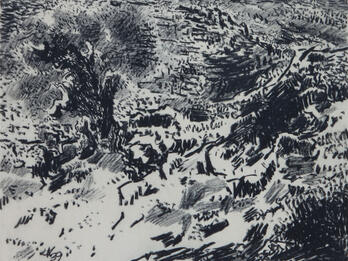The Rape of Europa
Jacques Lipchitz
1938
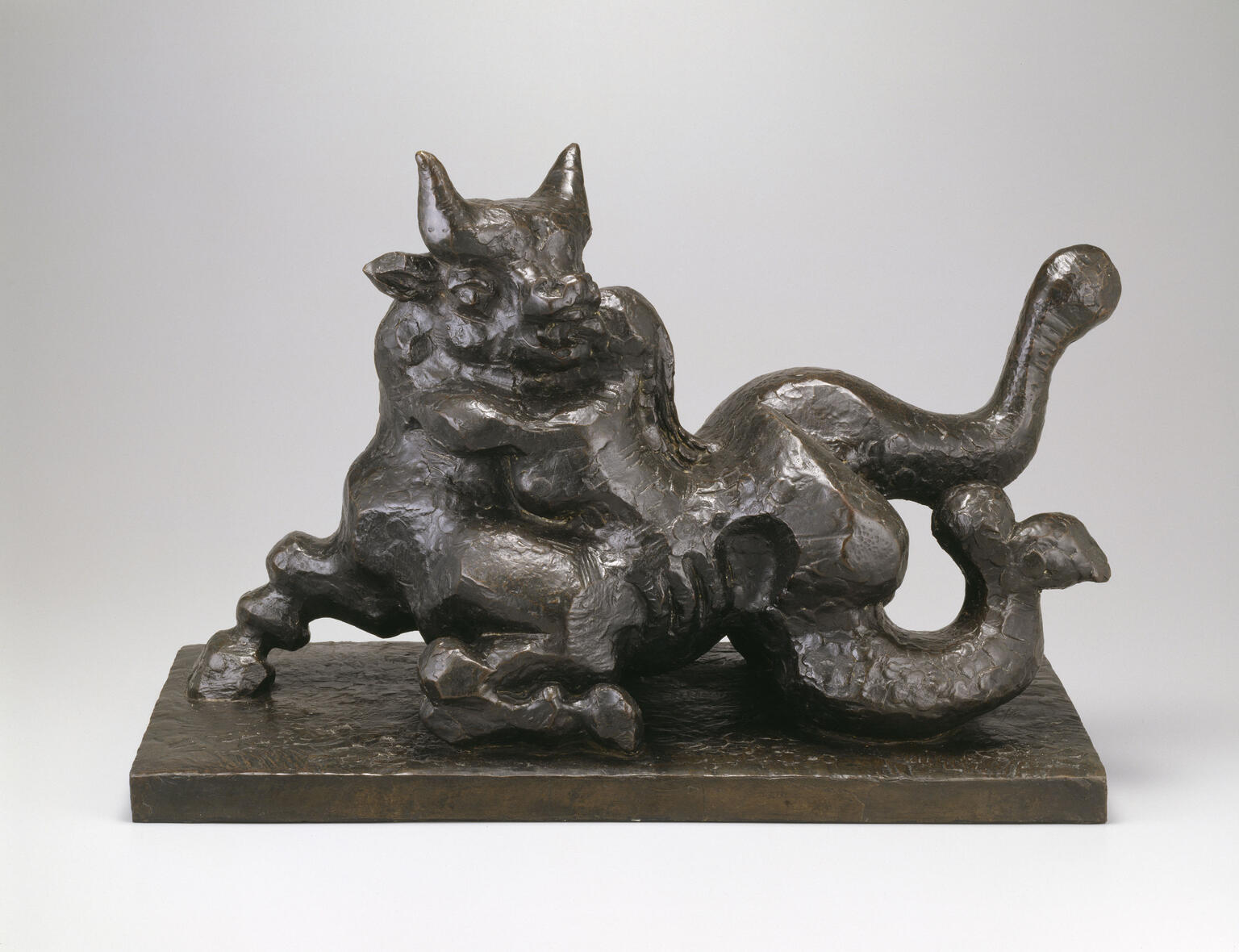
Creator Bio
Jacques Lipchitz
The cubist sculptor Jacques Lipchitz was born Chaim Yankev Lipshits in Druzgenik in the Russian Empire (today, Druskininkai, Lithuania) to a prosperous family. After studying engineering in Vilna, he left for Paris in 1909, where he studied sculpture at the École des beaux-arts and at the Académie Julian. After meeting Pablo Picasso in 1913, Lipchitz became interested in the French avant-garde and began experimenting with the formal aesthetics of cubism, which he recognized as reaching its full potential in three-dimensional sculpture. In the 1920s, his style began to loosen, becoming more fluid, curvilinear, and dynamic, and also began to experiment with more political and personal themes. In 1941, he fled the Nazi occupation of Paris, finding refuge in New York, where he consolidated his reputation as one of the most important sculptors of the twentieth century.
You may also like
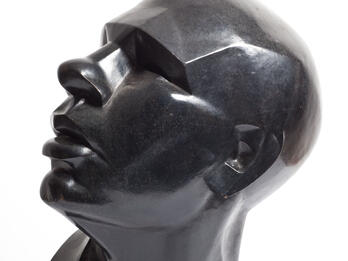
Portrait of Aharon Meskin
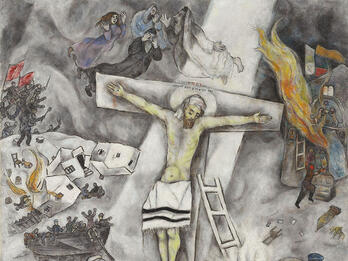
White Crucifixion
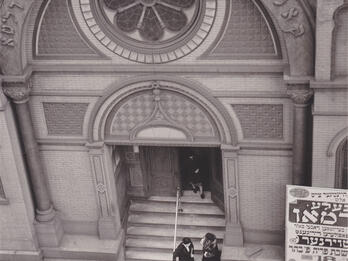
Synagogue, Pitt Street
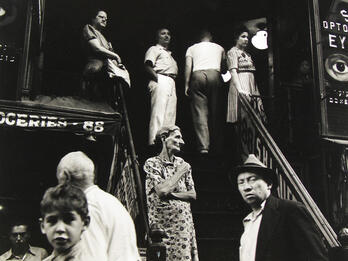
Hester Street
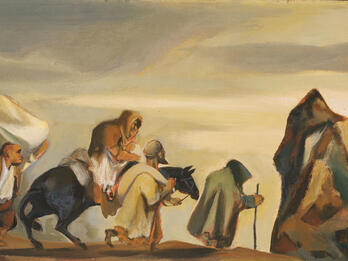
Minorities
